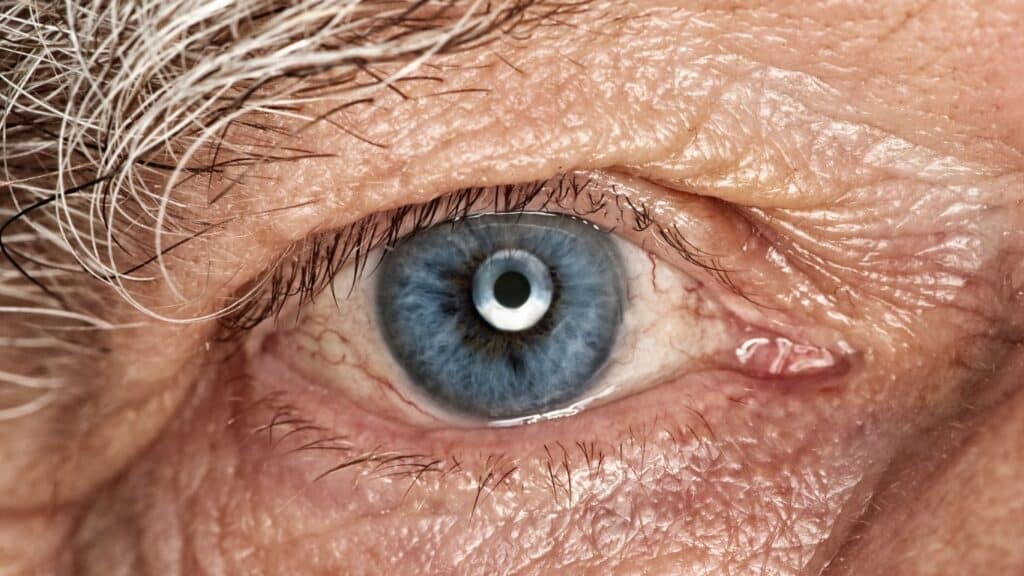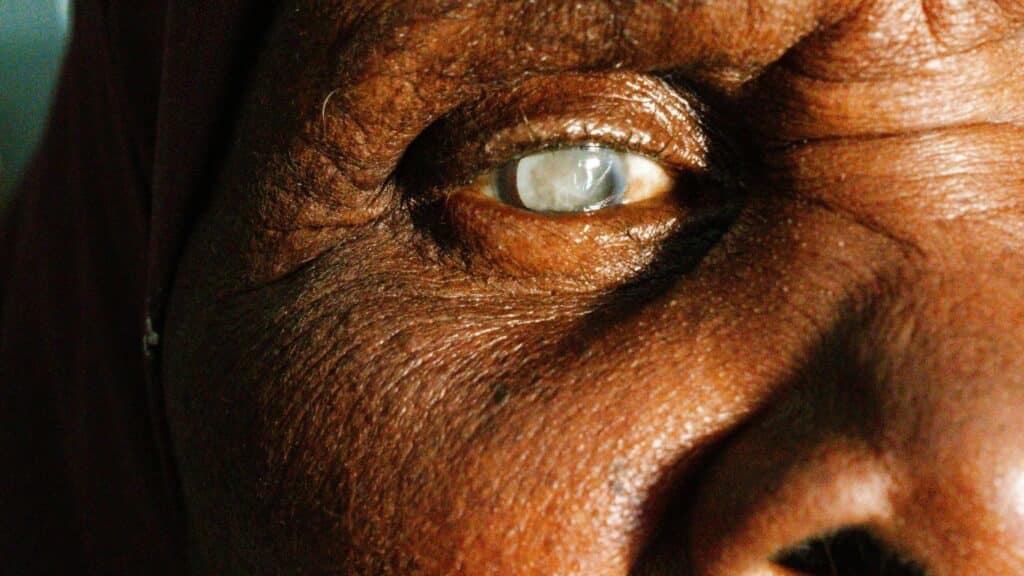As children spend more time tethered to screens, there is increasing concern about potential harm to their visual development. Ophthalmologists – physicians who specialize in medical and surgical eye care – are seeing a marked increase in children with dry eye and eye strain from too much screen time. But does digital eyestrain cause lasting damage? Should your child use reading glasses or computer glasses? As you send your kids back to school this month for more time with screens and books, Texas Vision & Laser Center and the American Academy of Ophthalmology are arming parents with the facts, so they can make informed choices about their children’s eye health.
It’s a fact that there is a world-wide epidemic of myopia, also known as nearsightedness. Since 1971, the incidence of nearsightedness in the US nearly doubled, to 42 percent. In Asia, up to 90 percent of teenagers and adults are nearsighted. Clearly, something is going on. But scientists can’t agree on exactly what.
A new study appearing in Ophthalmology, the journal of the American Academy of Ophthalmology, offers further evidence that at least part of the worldwide increase in nearsightedness has to do with near work activities; not just screens but also traditional books. And, that spending time outdoors—especially in early childhood—can slow the progression of nearsightedness. It remains unclear whether the rise in nearsightedness is due to focusing on phones all the time, or to light interacting with our circadian rhythms to influence eye growth, or none of the above.
While scientists look for a definitive answer, there is no doubt that most computer users experience digital eyestrain. Kids are no different from adults when it comes to digital eyestrain. They can experience dry eye, eye strain, headaches, and blurry vision, too. While symptoms are typically temporary, they may be frequent and persistent.
But this doesn’t mean they need a prescription for computer glasses or that they have developed an eye condition of middle-age that requires reading glasses, as some suggest. It also doesn’t mean that blue light coming from computer screens is damaging their eyes. It means they need to take more frequent breaks. This is because we don’t blink as often while using computers and other digital devices. Extended reading, writing or other intensive near work can also cause eye strain. Ophthalmologists recommend taking a 20 second break from near work every 20 minutes.
Here are 10 tips to help protect your child’s eyes from computer eyestrain:
“I prefer to teach kids better habits, instead of supplying them a crutch like reading glasses to enable them to consume even more media,” said K. David Epley, M.D., clinical spokesperson for the American Academy of Ophthalmology. “If you run too far and your legs start hurting, you stop. Likewise, if you’ve been reading too long or watching videos too long, and your eyes start hurting, you should stop.”
To learn more ways to keep your eyes healthy, visit the American Academy of Ophthalmology’s EyeSmart® website.



